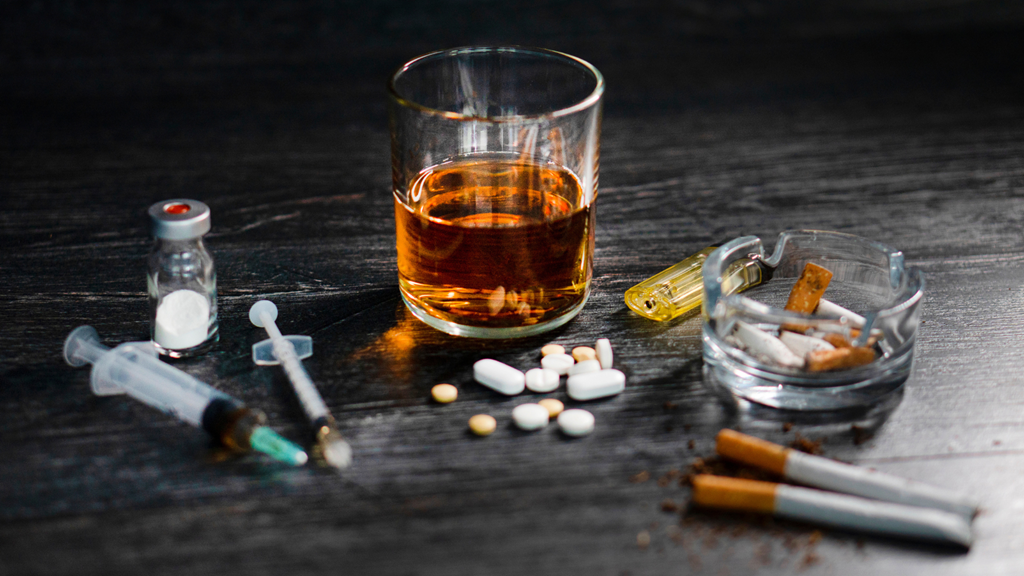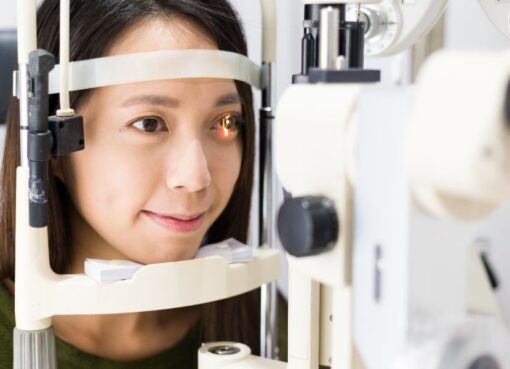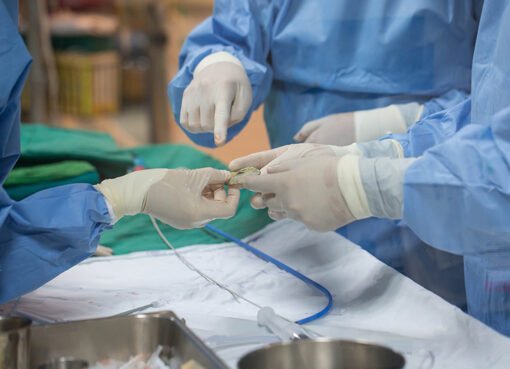There are certain common indicators of dependence when it pertains to both chemical and behavioral addiction. This causes you to keep using the drug or engaging in the activity despite the negative effects.
It’s possible to lose interest in things you formerly enjoyed doing and to have trouble concentrating on subjects unconnected to your habit.
You find yourself thinking about the satisfaction and yearning. You’ll also experience problems in your relationships. These can have a detrimental effect on a person’s life, thus they need help with rehabilitation and treatment plans. We can visit the center or chat with them online to inquire about their services.
Both types of compulsion also change the pleasure system in your brain. When we complete rewarding tasks, our brains create feel-good hormones called endorphins. They’re often addictive because they generate a substantial discharge of those hormones in the brain.
Addiction vs. Dependence
Not every physical reliance is a sign of dependence. Patients may experience withdrawal symptoms if they cease taking their prescribed medication. Frequent caffeine users have symptoms of withdrawal when they stop using the substance because they become physically dependent on it.
However, if you also exhibit additional signs, such as psychological alongside physical dependence, you are a user. If you use the medicine for reasons other than those that are advised of you or if it’s negatively impacting your life, there are other signs of compulsions.
Types of Addiction Linked to Substance Abuse
Both physical and psychological dependence are components of compulsive drug use. Physical dependence refers to the body’s reliance on the drug. Safe detox programs might help you regain control over your drug use. Your body will experience physical withdrawal symptoms when you stop using them.
Psychological dependency is the compulsion to the emotions that this causes. The utilization of substances as a coping method for problems or unpleasant feelings that result in mental health issues.
It’s another aspect of psychological dependence. Psychological dependence is often characterized by intense cravings or an inability to function or think clearly when the substance isn’t there.
Some indicators of psychological dependency are associated with the physiological changes in the brain that occur during compulsive behavior. Because of this, it’s challenging to completely differentiate between psychological and physical reliance. These two are linked together.
Various Treatments for Behavioral Addictions
Just with chemical dependency, a variety of factors can lead to behavioral patterns. Although there are other alternative management approaches, healing is usually the first option. Read https://directorsblog.health.azdhs.gov/alcohol-treatment-interventions-in-arizona/ to learn more.
Therapy
Cognitive behavioral therapy, or CBT, is a highly effective kind of treatment for behavioral dependencies. The focus of CBT is on identifying upsetting thoughts and sensations and knowing when and how to redirect them.
When combined with more useful coping strategies, this may reduce the urge for addictive behaviors. Other sorts of treatment can help address relationship issues and other underlying concerns that may be linked to behavioral addiction.
Other Treatments
Self-help groups and other peer support systems can help manage behavioral compulsion when paired with therapy. Many also contend that treating addictive behaviors may benefit from the usage of SSRI antidepressants.
Treatments for Substance Addiction
It’s often exceedingly difficult to stop or regulate substance usage on one’s own without the help of a competent professional. The first stage in treatment for many substance use disorders is typically medically supervised detoxification.
This will not heal the ailment, but it can help patients safely get through the withdrawal period. Anyway, this website will tell you more.
In-Home Therapy
Rehab, also referred to as residential rehabilitation, comprises living in a facility. It’s where trained medical professionals provide support and medical treatment.
Some programs end after a few weeks, while others might go for a few months or up to a year. Several therapeutic philosophies also have elements that are used in many rehabilitation programs.
Counseling
Psychotherapy and addiction treatment can support recovery, especially if drug abuse is the person’s coping technique for painful emotions. A therapist can help them look into some of the reasons for their use and create new coping skills for challenging circumstances.
Medication
For those who are struggling with cravings, using medication can sometimes make the rehabilitation program simpler. It can be highly helpful in reducing relapses, whether someone has an opioid-related substance use disorder, alcohol use disorder, or nicotine addiction.
Even though these drugs work in diverse ways, they typically help to reduce cravings and withdrawal symptoms. Medical professionals frequently recommend mixing medication with other treatment approaches, such as therapy, to address underlying issues.
Support Groups
Several people find recovery with the help of two 12-step programs: Alcoholics and Narcotics Anonymous. These programs employ self-help management strategies, such as anonymous group support from other recovery-oriented persons.
It could be quite helpful to get guidance and support from other people who are also working toward recovery. However, these programs typically don’t provide enough support on their own. Other programs might be a better option for people looking for a more scientific approach to group help.





